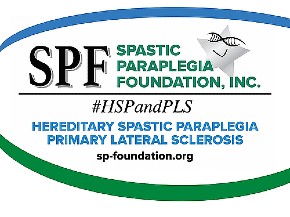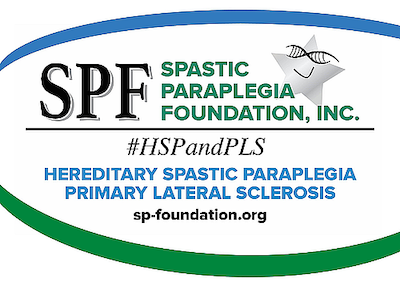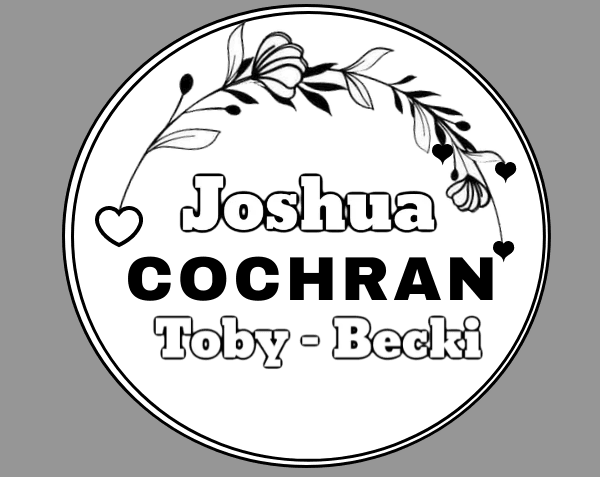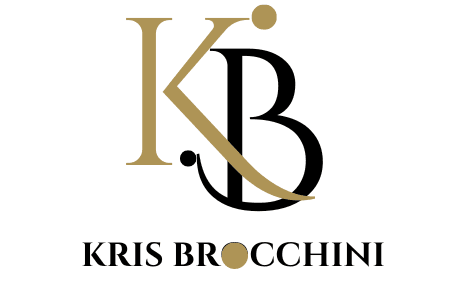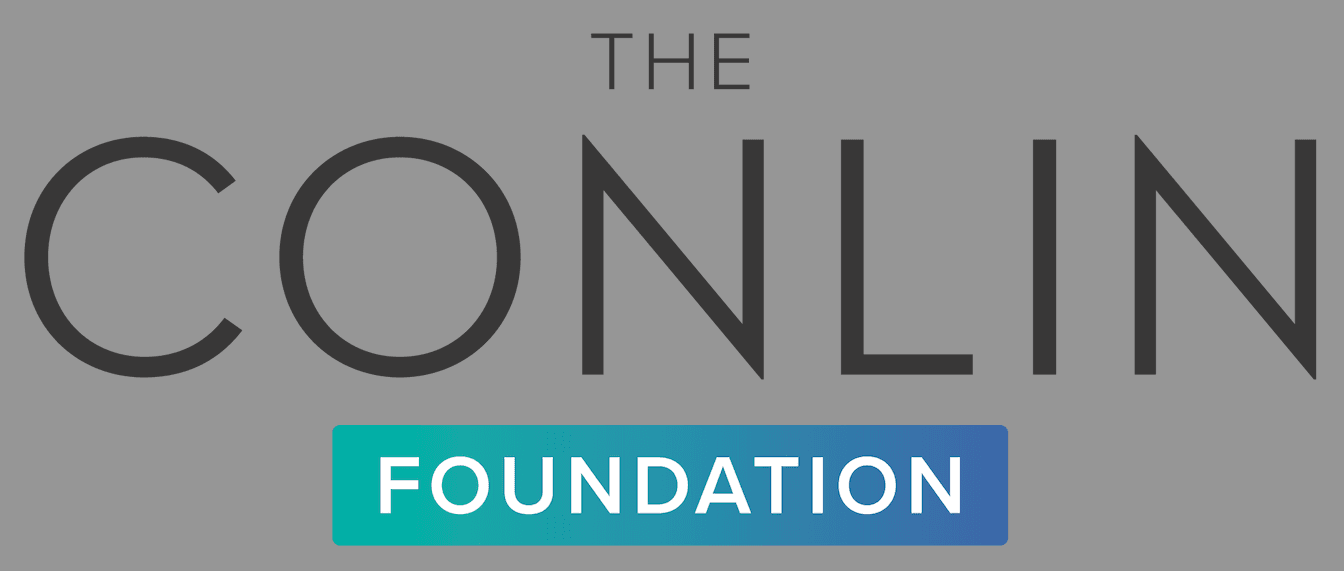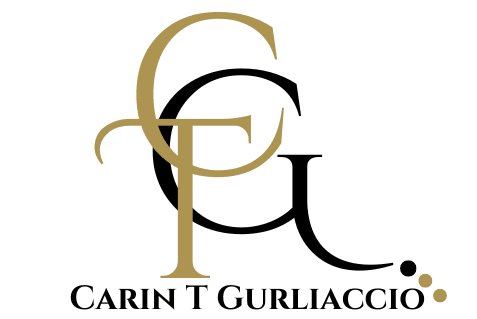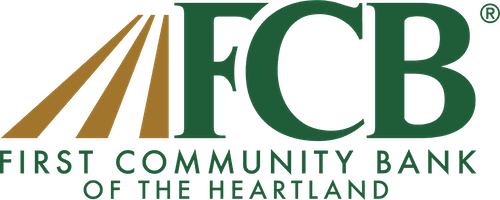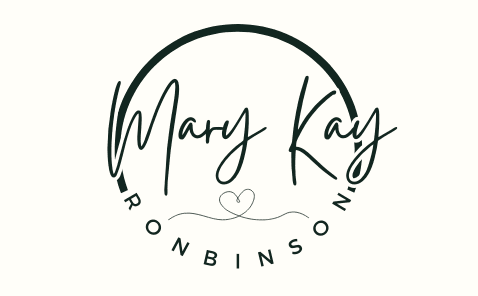Right now, trillions of donut-shaped red blood cells are whizzing through your arteries, ferrying oxygen from your lungs to the tips of your fingers and toes and everywhere in between. But if you’re one of the millions of people around the world who have sickle cell disease, this constant shuttle is constantly getting disrupted.
The moment the hemoglobin molecules inside a sickle cell patient’s red blood cells release their oxygen cargo, they start to stick to each other, adhering into long, twisting braids that stretch and distort the cells, deforming them into the eponymous “sickle” shape. When those red blood cells pass back through the lungs and pick up a new oxygen load, their hemoglobin molecules snap back into solitary suspension. This can happen up to four times every minute. And that repeated cycle makes the red blood cells hard and brittle, causing them to break apart and block blood vessels, resulting in painful crises, and if left untreated, death. A normal red blood cell can survive in circulation for up to four months. For patients with sickle cell disease, their cells might not last a week.
This dramatic difference comes down to a single DNA letter change — from an A to a T — in the gene for the beta subunit of the hemoglobin molecule. Among the billions of letters that make up the human genome, this mutation might seem like a minor glitch, but it’s enough to wreak major havoc. It also might make sickle cell disease an ideal candidate for a newer form of CRISPR, called base editing. Or rather, the newest form of base editing — inlaid base editing.
In December, scientists from Beam Therapeutics presented data showing the company had successfully used this technology to edit more than 70% of blood-progenitor cells from a sickle cell patient, resulting in a massive boost in healthy hemoglobin molecules in cell culture — and adding yet another entrant to a crowded field of gene editing therapies under development for curing the disease. But Beam didn’t say much about the molecular machinery that had accomplished the feat.
As the company revealed Tuesday in a study published in The CRISPR Journal, the secret was putting the deaminase — an enzyme that can convert one genetic letter to another — inside a standard CRISPR-Cas9 molecule.
“You can think of base editors as beads on a string,” said Nicole Gaudelli, Beam’s director of gene-editing technologies, who invented one of the original base editors while a postdoc in the lab of Harvard biochemist and Beam cofounder David Liu. They’re made up mostly of two key components stuck together — a protein chimera, with a letter-flipping deaminase for a head stuck on a CRISPR-Cas9 body. “With these new inlaid base editors, we’re putting a bead within the bead,” Gaudelli told STAT.
This strategy emerged as the Beam team was looking for ways to shift the “activity window” of its first-generation base editors. Like CRISPR Classic, these base editors couldn’t bind just anywhere to DNA — they required a short sequence that acts like an enzyme landing pad. And those landing pads were often located too far away from genes of interest. But by embedding the tool’s base-rearranging machinery within its DNA-grabbing and nicking complex, Beam’s engineers were able to shift their base editors’ activity windows enough to land one within range of the sickle cell hemoglobin gene.
As a bonus, said Gaudelli, the deaminase is now shielded in a way that should limit it going rogue and flipping letters it shouldn’t be. Unlike CRISPR Classic, base editing doesn’t break DNA in two — it nicks open one strand of the double helix and then swaps in a single letter for another — more like a pencil than a pair of scissors. So there’s reason to believe it might be safer than the original because it introduces fewer chances for unintended edits. But there have been concerns over so-called guide-independent off-target effects — which can be harder to spot because they’re more unpredictable.
The safety of experimental therapies for sickle cell has come under more intense scrutiny in recent weeks, as Bluebird Bio paused the trial of its gene therapy candidate in February, after two sickle cell patients treated years ago later developed acute myeloid leukemia. (An investigation by the company has since found no connection to the cancer cases.)
Asked to comment on Beam’s engineering approach, Fyodor Urnov, scientific director at the University of California, Berkeley’s Innovative Genomics Institute, told STAT that “gutsy” comes to mind. “Crazy is perhaps a less polite adjective,” he says. “It’s somewhere between the two.”
But that’s not to say inlaid base editing isn’t ready for the clinic, said Urnov, who disclosed no financial interests in any genome-editing company. On the contrary, “at this point, what they’ve engineered is pretty ripe for rapid translation to first-in-human testing,” he said. “And I welcome this approach with open arms. The more the merrier.”
Scientists first discovered the genetic basis for sickle cell disease more than 60 years ago. But the intervening decades have brought little relief for the estimated 100,000 Americans that suffer from it. The Food and Drug Administration has approved only four drugs to treat the stabbing pains and other debilitating symptoms of the disease. Currently, the only cure involves a stem cell transplant — an option available to just 15% of patients. The long-neglected disease disproportionately affects Black Americans, who often face racism-fueled barriers to receiving adequate care. Only recently, has federal funding and investor interest flowed into finding more treatment options.
There are a half-dozen clinical trials taking aim at sickle cell disease using gene editing that are either in progress or cleared by the FDA to begin recruiting patients. All of them rely on the same basic process of harvesting hematopoietic stem cells from a patient, editing the cells’ DNA in the lab, then infusing them back into the bone marrow. But after that, the strategies toward editing a cure start to diverge.
CRISPR Classic is best at breaking things. That’s led the Big Three CRISPR companies — CRISPR Therapeutics, Editas Medicine, and Intellia Therapeutics — to a workaround. These companies are all trying to use CRISPR-Cas-9 to break the brake on the production of fetal hemoglobin, a form of the oxygen-carrying protein that gets turned off a few months after an individual is born. And so far, they have gotten encouraging, though very preliminary, results.
In December, CRISPR Therapeutics and Vertex reported that three sickle cell patients enrolled in its Phase 1/2 trial were pain crisis-free, three to 15 months post-infusion. In the two patients followed for at least six months, their total hemoglobin levels were measured in the normal range. Last month, Sangamo Therapeutics and Sanofi announced similarly positive results from their Phase 1/2 trial, which uses a different gene editing technology called zinc finger nuclease to knock out the fetal hemoglobin silencer. Beam also has its own candidate that boosts fetal hemoglobin, for which the company intends to file its first investigational new drug application later this year.
“Once the fetal hemoglobin is reawakened, it’s expressed in most, if not all, red blood cells, so it has a very strong therapeutic effect,” said Mark Walters, a hematologist-oncologist who directs the Pediatric Blood and Marrow Transplant Program at UCSF Benioff Children’s Hospital Oakland. The downside, though, is that the sickle cell mutation is still there, lurking in the genetic code of the blood progenitor cells. So if for some reason, months or years into the future, that effect started to wear off, the disease would come back.
Related:
You had questions for David Liu about CRISPR, prime editing, and advice to young scientists. He has answers
That’s why Walters said it’s also worth testing a more direct approach, even if it’s much less efficient. To that end, he’s the lead investigator on an FDA-cleared trial that aims to eliminate sickle cell symptoms by fixing the mutation in the adult hemoglobin gene using CRISPR. In addition to using the Cas9 enzyme and the guide RNA that tells it where to cut, his team’s approach also zaps into patients’ cells a healthy copy of the adult hemoglobin gene to serve as a template for the cell’s natural repair machinery. If the cells use it, the gene will get corrected. But that happens far less frequently than the cells just pasting the two sliced DNA ends back together willy nilly.
“The magic target for us is having at least 20% of stem cells having the corrected mutation,” said Walters. “That should be sufficient for a cure.”
The study is a collaboration between UCSF, UCLA, and UC Berkeley’s Innovative Genomics Institute, which was founded by CRISPR co-inventor Jennifer Doudna. (Urnov will oversee the bioinformatics activities of the trial.) The four-year study is expected to launch later this year in Oakland and Los Angeles.
Also in California, Graphite Bio, which launched last year, will soon be kicking off a clinical trial to directly correct the sickle cell mutation using CRISPR. Co-founded by Matthew Porteus, a pediatric hematologist whose lab at Stanford University published a demonstration of the technique back in 2016, Graphite Bio plans to test its approach in 15 sickle cell patients, starting at Stanford.
The theory is that using gene correction to fix the sickle trait “is more natural than high levels of fetal hemoglobin,” Porteus wrote STAT in an email. But, whether that translates to a better, longer-lasting cure? Only the clinical trial will tell.
Beam’s approach is different still. Its first generation of base editors could only convert a fraction of the possible single-letter substitutions, from C:G to T:A and A:T to G:C. Neither of these base editors could deliver the precise change needed to correct the sickle cell mutation. But then, someone at Beam realized that they didn’t have to deliver that precise change. Another one would work just as well.
Decades ago, in Indonesia, geneticists discovered a rare, and benign, genetic variant they named HbG Makassar. It was also a one-letter change at the site of the sickling mutation in the globin gene, but this time, from an A to G. And with their more flexible activity window, that was a swap Beam’s inlaid base editors could now make.
“Doing this kind of engineering does really broaden the scope of the available tools,” said Daniel Bauer, an associate professor at Harvard Medical School and director of gene therapy at Boston Children’s Hospital who was not involved with the study and declared no competing interests. “It’s encouraging to see that we’re not too far off a point where almost any spot in the genome could be base edited.”
